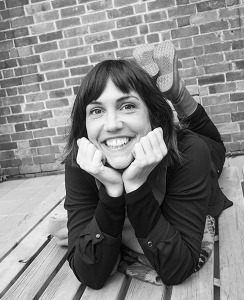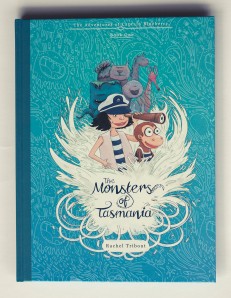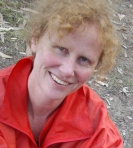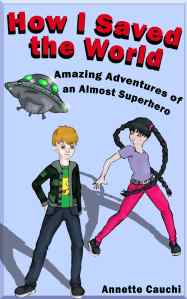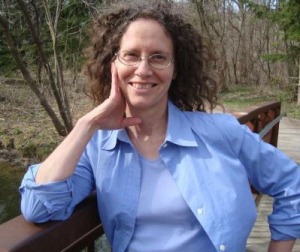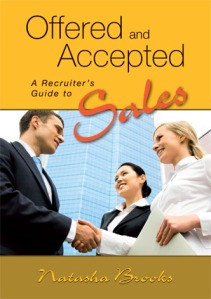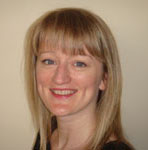Rachel Tribout is an accomplished illustrator who successfully crowd-funded her first children’s picture book, The Monsters of Tasmania. In this interview, she talks about the process of bringing her story to life.
Rachel, can you tell me why you decided to crowd-fund and self-publish Monsters of Tasmania rather than approach book publishers?
There are a couple of reasons I decided not to seek a publisher.
Firstly, I wanted to do my own thing. I wanted this book to be exactly as I choose, for example by having a few more pages than the usual 32-page standard. I also wanted to create the story and the illustrations.
Designing it myself was part of the fun and I was interested in learning the full process, from concept to production. I wanted to produce the book completely in Tasmania and in the end I worked with a great local printer to put together the limited Explorer’s Edition that includes some extra pages and a 3-colour process cover. It was a lot of fun to create.
I was also conscious that being Tasmania-focused, it might have been hard for a publisher to market it outside of Tasmania. At the same time that meant I could do the promotion and potentially even distribution myself down here because of the smaller scale. But in the end, I have Blackgum Distribution handling the distribution.
My next book project probably won’t be focused on Tasmania and I might try to contact publishers then, with The Monsters of Tasmania as my portfolio!
How have you developed your illustrating and writing craft? Did you complete formal study or take a different approach?
Illustration has been part of my life for as long as I can remember. At school I majored in literature and fine art, and I went on to study visual communication and illustration. Mostly I am self-taught, but I owe a lot of my progress to a friend of mine back in France. He’s a concept artist and gives me heaps of feedback on my work.
I have also read a lot of graphic novels since I am very young. They are a big deal in France, there’s the huge market there and everyone reads them.
Tell me about using Tasmanian landscapes as inspiration for your picture book. Is there a particular region of Tasmania that inspired you?
Seeing the landscape as living creatures comes quite naturally to me. I can’t help but see past their camouflage. As a child I was fascinated by old legends associated with the landscape and I’d never forget the stories of giants and dragons that have fallen asleep but may wake up at any time. I love those old maps of the world with the lands not quite right the right shape, or those flat representations of the earth with just a waterfall to nothingness at the end and weird creatures infesting the waters.
In Tasmania I find the coastline particularly evocative: Freycinet, the Tasman Peninsular and its Lion-turtles, and iconic places like Stanley. My favorite is Maria Island – it’s truly a magical place.
Did you spend much time out in the field before heading back to work in your studio?
I try to get out on study trips as often as I can! Occasionally I’ll do sketches when I’m sitting on a warm rock somewhere, but usually I’m too busy jumping around looking at things. I do take photos to remind me where things are and what shape they’re currently taking, but for me the important thing is seeing them and exploring.
I do the illustrations back in my studio.
How have you handled working with words as well as images?
There’s a delicate balance to be found between words and images, and telling a story where they work with each other seamlessly. As the book came together this swapped around – sometimes I replaced text with an illustration, or vice versa.
I initially started to create the book so it wouldn’t need text and could be understood without it, but then decided to add some to the book.
My husband Daniel is the one who wrote the words.
How long did it take to complete the artwork for The Monsters of Tasmania?
The first illustrations for The Monsters of Tasmania were done in December 2012, around Christmas when I had a bit of time. At that time I created the first four pictures and did a rough mapping of the book.
From then, I didn’t have much of a routine and I would try to fit time when I could between work and study. Weekends, evenings — I worked some long hours!
The story changed a bit along the way and I added some pages halfway through. I finished illustrating by November 2013, and finalised the design in February 2014.
Did you have any assistance with the publishing and printing process?
I had lots of help along the way from other authors, illustrators and designers – and of course from all the people who helped make my Pozible crowdfunding campaign successful. My web design teacher Ian Wallace knows a lot about self publishing and printing, and helped me a lot with the prepress side of things. When I was designing the book my day job was as a design intern at Futago, which was very helpful. I learnt a lot there and they gave me some great feedback.
Promotion-wise, and also regarding Pozible, Josh Santospirito gave me some gold advice.
When I was creating this book my ears were constantly open and I took on a lot of advice, I listened to people’s stories a lot and that’s priceless help.
Did you plan the promotional websites and blog or have they evolved?
Both. My Captain Blueberry blog began back when I first made a business out of illustration. Since then Captain Blueberry has evolved into a single project and my other work comes under my site at racheltribout.com.
Have you given any talks or presentations at bookstores or schools? Do you plan these or do you ‘wing it’?
I’ve given a couple of presentations now – Emerging Writers Festival event at MONA in October last year and also at Her Majesty’s Favourite Really Great Graphical Festival a few months ago. I will do some more in the future, so far I have been too busy with my freelance work to spare the time. Soon!
The way I deal with it? It’s nerve-wracking. I don’t get used to it. I am not much of a performer. What I have learnt is that it’s better to be prepared and practiced beforehand.
It’s notoriously difficult for self-publishers to get their books into bookstores. How did you go about it?
Luck definitely plays a part! I heard of Black Gum from another self published author, Andy Wilson, who has published a book called Old Sea Dogs. He told me a bit about the world of self publishing over a coffee, and he suggested I approach Black Gum Distribution. When I met them, they were pretty excited about the book and thought it was very professional looking. It’s been selling well so far!
Why did you decide to sell your books on etsy as well as in bookstores?
Etsy is great. It’s good value, easy to set up and it’s another way to connect with other creators and people who want to buy monster things! I’ve been on Etsy for a few years and I sometimes have things for sell in my shop, so it was natural to add The Captain’s book to my store.
What’s next for you? Any plans for an app or ebook?
I do have this project to make The Monsters of Tasmania into an animated interactive book, but I will need a big chunk of time for that as it will be a huge job. Sooner or later it will happen.
Also, Captain Blueberry happens to be heading south at the moment to investigate what lies beyond the Antarctic Circle. A new character, Admiral Bolognaise is going to join her too – so stay tuned!
At this point I’m planning to self-publish again, maybe even with a crowdfunding campaign. But we’ll see how we go. Maybe it could be good to have a publisher descend from their other world and help with printing costs and everything else if I could spark some interest in them.
Thank you, Rachel Tribout!
Bio
Rachel Tribout is a freelance illustrator and graphic designer. She was born in France and studied visual communication and illustration in Lyon. One fine day she set off across the oceans to discover the world, and she now lives in Hobart.
Links
Captain Blueberry website (to promote the book)
Rachel’s design and illustration website
Rachel shares tips on her successful Pozible campaign
Where you can buy the book
Rachel’s book is available for sale from her etsy shop.
You can also find it in bookshops across Tasmania.
